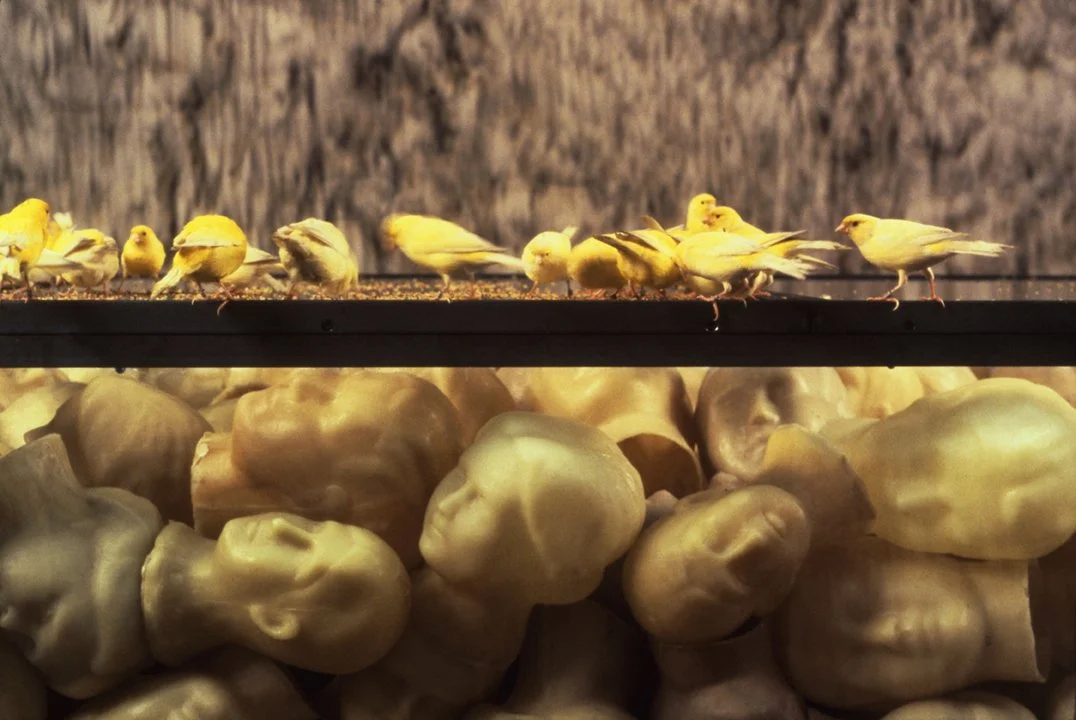Previous
Previous
Wildrose Celebrates 40 Years of Lesbian and GBTQ+ Love, Pride, and Herstory
Next
Next



(she/her) Nicole Bearden is a former performance, media, and photographic artist, as well as a curator and scholar of Contemporary Art. She is originally from Arkansas, now from Seattle for the past 25 years, with brief sojourns in Chicago, New York, and Massachusetts.
Nicole graduated with a degree in Art History and Museum Studies from Smith College in Massachusetts. She has worked as a curator, program manager, and event producer at Nolen Art Lounge in Northampton, MA, as an assistant for the Cunningham Center for Works on Paper at Smith College Museum of Art, and at Bridge Productions in Seattle, WA, and was the Executive Producer for the art podcast Critical Bounds.